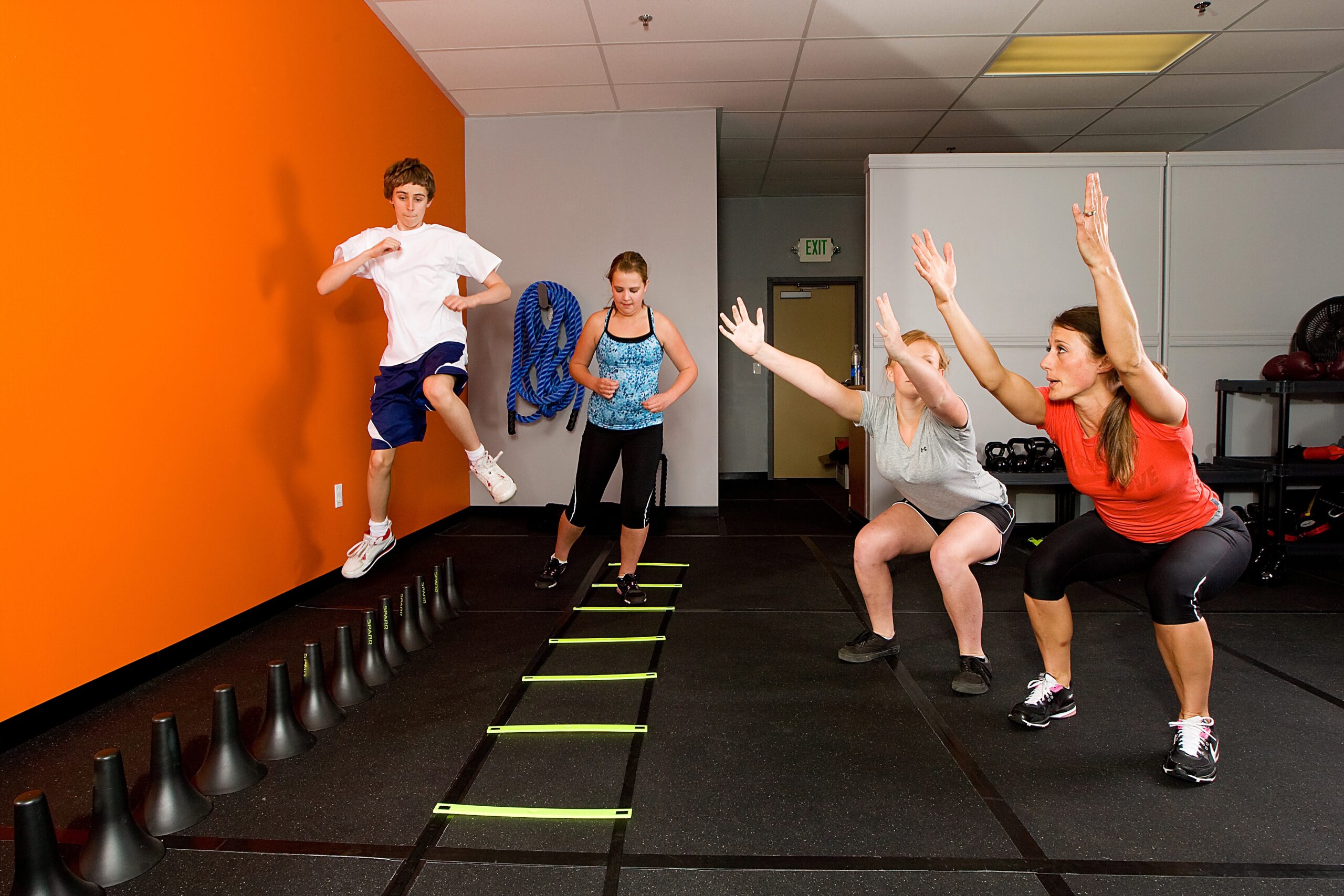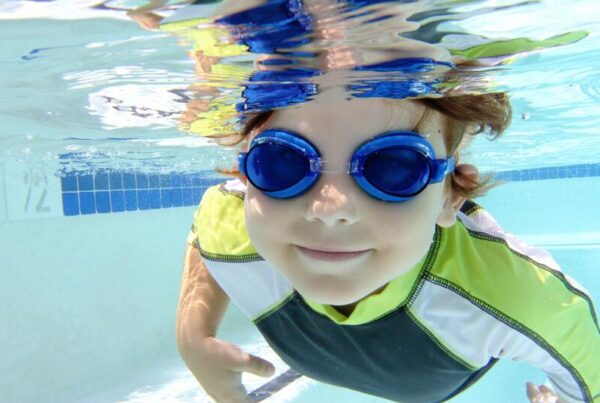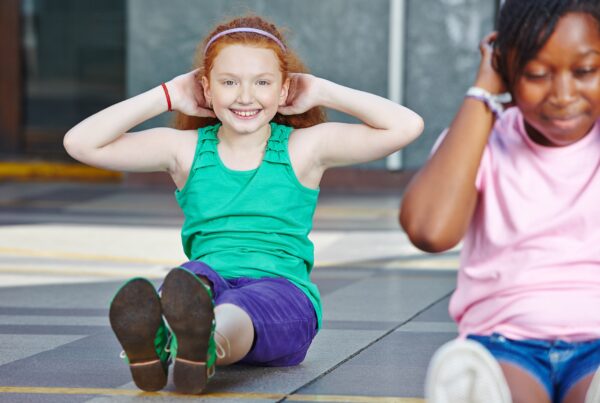
There’s much debate over the idea of conditioning and resistance training in youth. While the benefits of this type of exercise for adults are widely accepted, some feel conditioning may be too intense for pre-teens and teens.
However, conditioning programs and camps that are led by well-trained, certified instructors—and that focus on proper technique and form—are not only safe but also highly beneficial for youth.
Physical Benefits
Significant research touts the physical benefits of youth conditioning. In fact, the National Strength and Conditioning Association published a guideline in favor of condition training for kids and teens.
The NCSA found that these kinds of conditioning programs provide young people with numerous health benefits, including:
- Increased muscular strength
- Lessened risk of cardiovascular issues
- Improved motor skill performance
- Enhanced performance in all sports
- Better resistance to sports injuries
Other research shows that youth conditioning often leads to healthier body composition, increased bone density, better flexibility, and improved health risk factors, such as blood lipid profile and oxygen consumption.
Psychological Benefits
In addition to the many reasons you should consider signing your child up for a conditioning program are the numerous benefits to his or her mental and emotional health.
For example, youths who participate in conditioning and training camps often show signs of high self-esteem and confidence levels. This results from a combination of factors, including the endorphins — also known as happy chemicals — that the body releases with exercise.
Additionally, participating in a conditioning camp early in life leads to the development of healthy exercise and lifestyle habits. Children and adolescents who condition on a regular basis go on to be adults who make fitness a priority in their lives.
Important Notes
While youth conditioning is generally safe, there are a few things to consider before getting your kids started.
- The program should be led by a qualified conditioning expert.
- All activities should be tailored to a specific age, gender, and sport.
- To ensure safety and quality, each participating child should be old enough (and willing enough) to follow directions.
- There should always be at least one certified coach for every 10 kids.
- A well-researched conditioning model should be followed to ensure results and prevent injuries.
Conditioning programs and camps designed for children and teens offer several benefits. As long as the guidelines mentioned above are followed, there’s no reason your child can’t have a rewarding conditioning experience.
To learn more about the lifetime tools and knowledge kids can gain from conditioning, reach out to the fitness pros at Amarillo Town Club today. We have a number of youth activities available and are also researching youth camps at our facilities. Tell us your thoughts in the comments section below!



